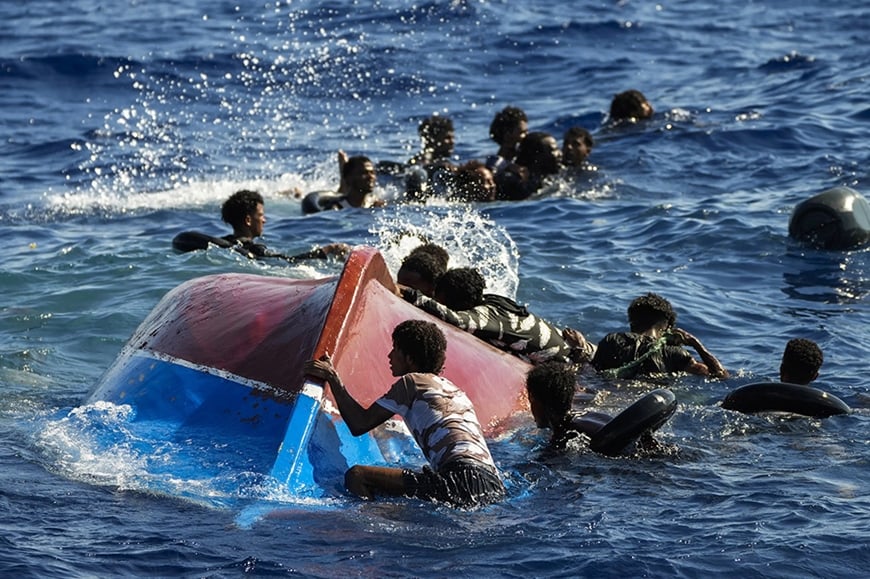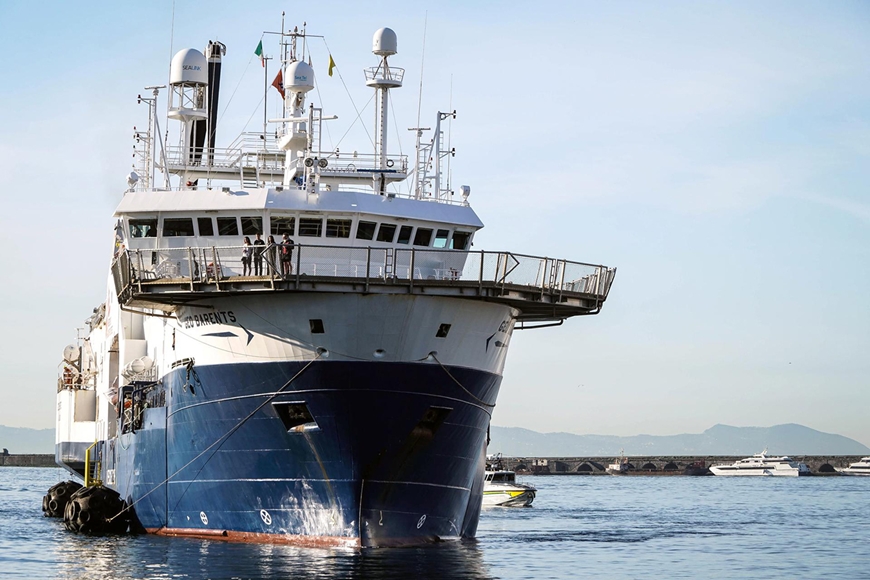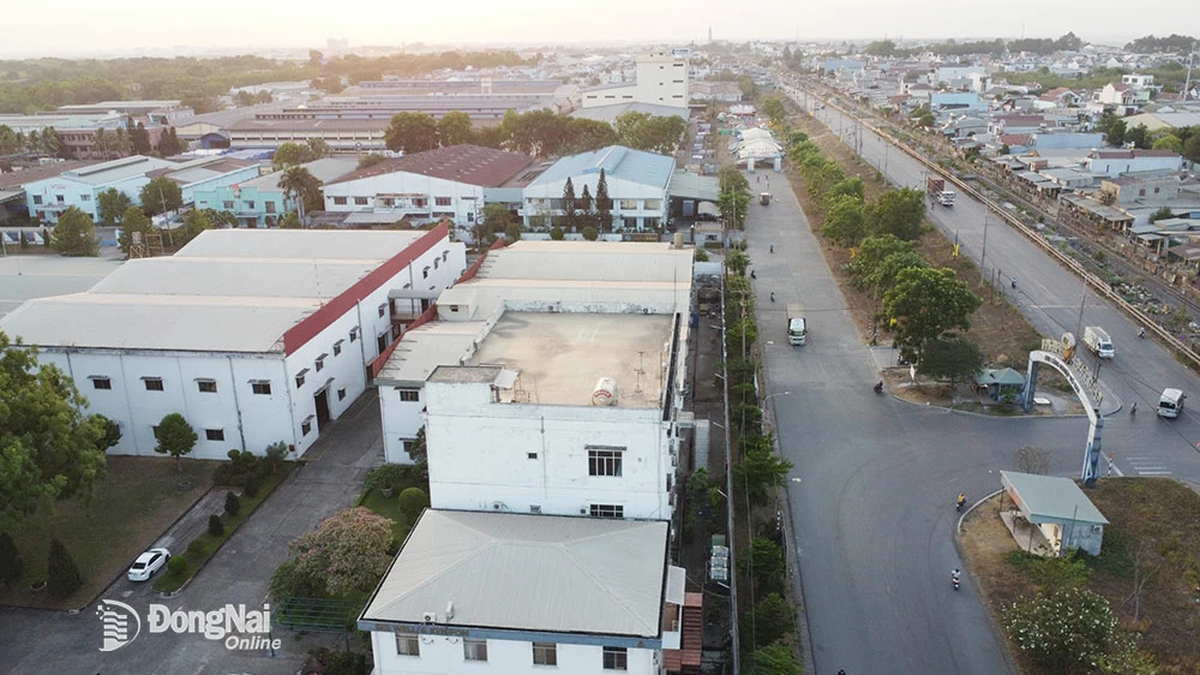Is the delay in rescuing migrants at sea a failure of European policy?
As refugee boats risk capsizing in the Mediterranean, the speed of rescuers' response is essential, as any delay could lead to serious loss of life.
EU member states have launched emergency operations combining patrols and rescues to prevent migrant boat sinkings. However, such operations are often costly in terms of human resources, finances and equipment, and the result is that the number of migrants arriving by sea to Europe continues to increase.
The milestone can be traced to the Mare Nostrum military-humanitarian patrol operation launched by Italy in 2013, after two consecutive shipwrecks in the Mediterranean Sea in one week killed more than 400 migrants. The operation accelerated rescue operations off the coast of Libya, helping to rescue about 150,000 migrants in a year. Also in one year of implementation, Mare Nostrum "cost" the EU about 9 million euros (9.6 million USD) per month. However, when realizing that rescue operations were becoming a factor pushing the flow of migrants, the EU was forced to stop Mare Nostrum and replace it with the less expensive Triton and Sophia operations. Accordingly, the EU's rescue patrol forces have shrunk in terms of personnel, vehicles and scale of operations.
 |
A migrant boat capsizes south of Lampedusa Island (Italy) in the Mediterranean Sea in 2022. Photo : AP |
The EU’s scaling back of operations has created a rescue vacuum in the central Mediterranean. A report by the Civil Maritime Rescue Coordination Centre published in March said that last year, 413 migrant boats in distress were not assisted and only three were rescued by Maltese authorities. “The lack of rescue personnel can be seen as a negative measure that has reduced the number of migrants arriving in Malta. In the first quarter of 2023, only 92 migrants were rescued and brought to Malta,” Al Jazeera said.
Nearly 1,000 refugees drowned in the Mediterranean in the first four months of 2023, making it the deadliest period in six years. Since 2014, at least 25,000 migrants have drowned in the Mediterranean, according to the International Organization for Migration.
According to some humanitarian organizations, the EU has not stepped up its efforts to create safe and legal routes for refugees to reach Europe. In response to the migration crisis, EU countries have recently introduced many restrictive asylum policies. Along with the Greek coast guard, the EU-funded Libyan coast guard has actively participated in repelling refugee boats. From patrol and rescue ships at sea, the EU has now shifted to increasing aerial surveillance activities through unmanned aerial vehicles (UAVs). Of course, these UAVs do not participate in rescue purposes, and as a result, the number of migrants dying in the Mediterranean continues to increase.
 |
The rescue ship Geo Barents of Doctors Without Borders operates in the Mediterranean Sea. Photo : EFE |
The Office of the UN High Commissioner for Human Rights stated that the loss of lives of migrants in the Mediterranean “is the result of a failed EU migration management system”, specifically “delays and failures to assist boats in distress”. Al Jazeera asked: Are these “deliberate strategic elements built into the current EU migration management system”?
In fact, volunteers and humanitarian organizations rescuing migrants have faced increasing hostility, their efforts have been hampered at many levels and procedures. Whereas previously humanitarian organizations could transfer victims to EU patrol vessels at sea, they are now forced to transfer victims to ports, undergo cumbersome checks, and even face long detention or criminalization of the incident. With more time spent traveling back and forth or stuck in ports, humanitarian organizations are forced to cut back on rescue operations at sea. This means increased loss of life for migrants once in distress.
Regardless, the migrant crisis and the deaths of innocent people continue to torment the conscience of humanity.
HA PHUONG
Source



















































![[Maritime News] More than 80% of global container shipping capacity is in the hands of MSC and major shipping alliances](https://vphoto.vietnam.vn/thumb/402x226/vietnam/resource/IMAGE/2025/7/16/6b4d586c984b4cbf8c5680352b9eaeb0)













































Comment (0)